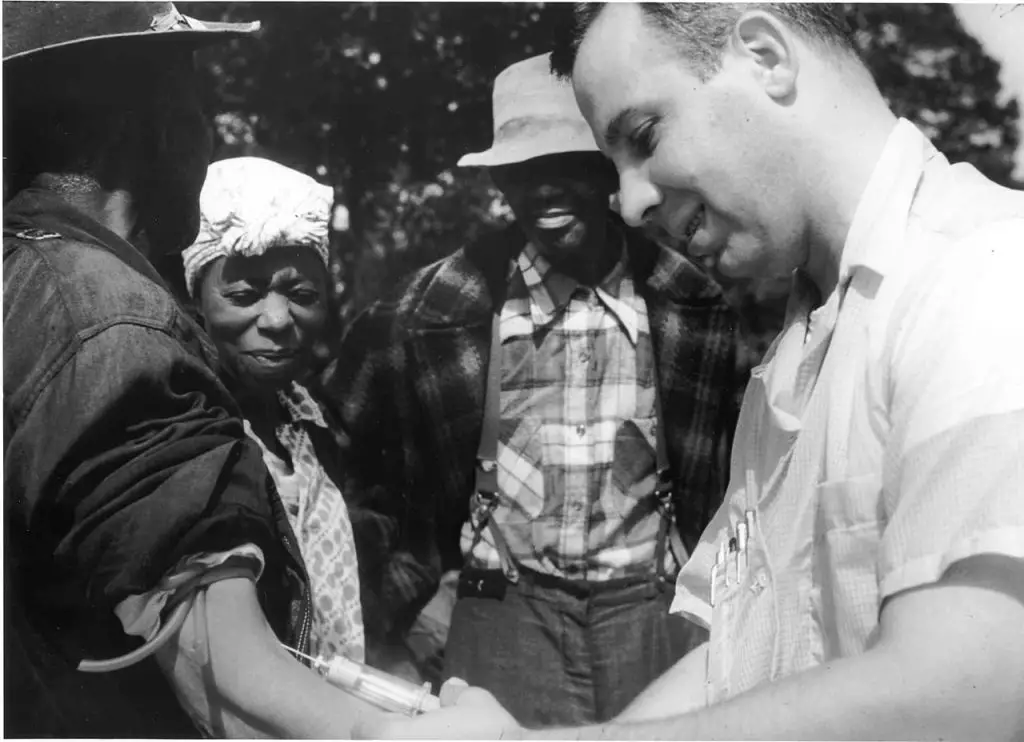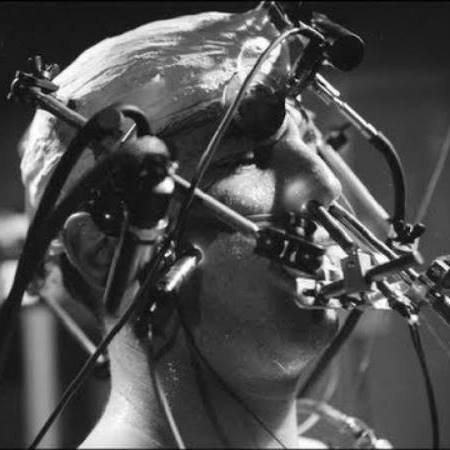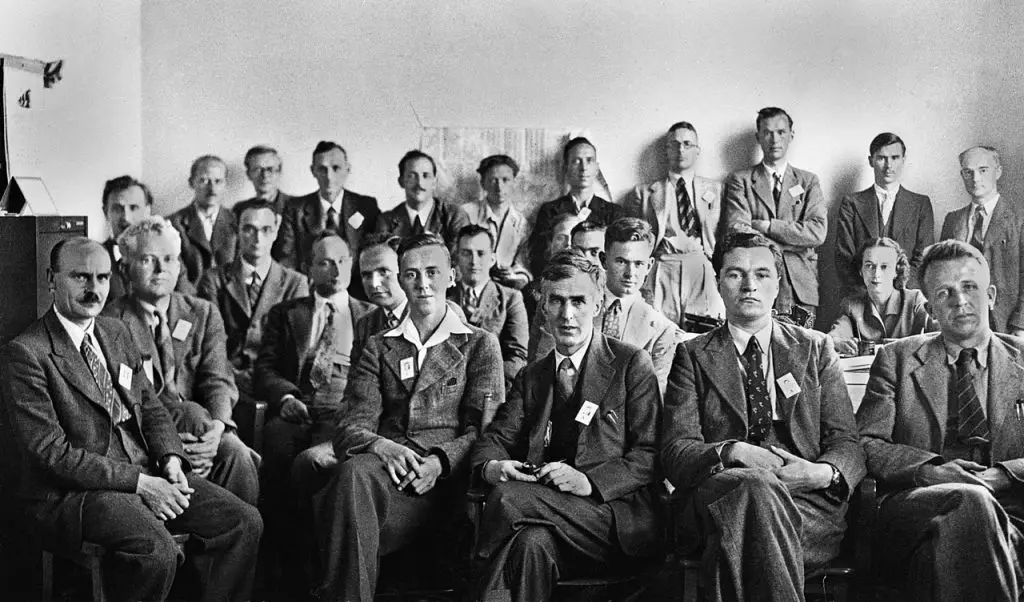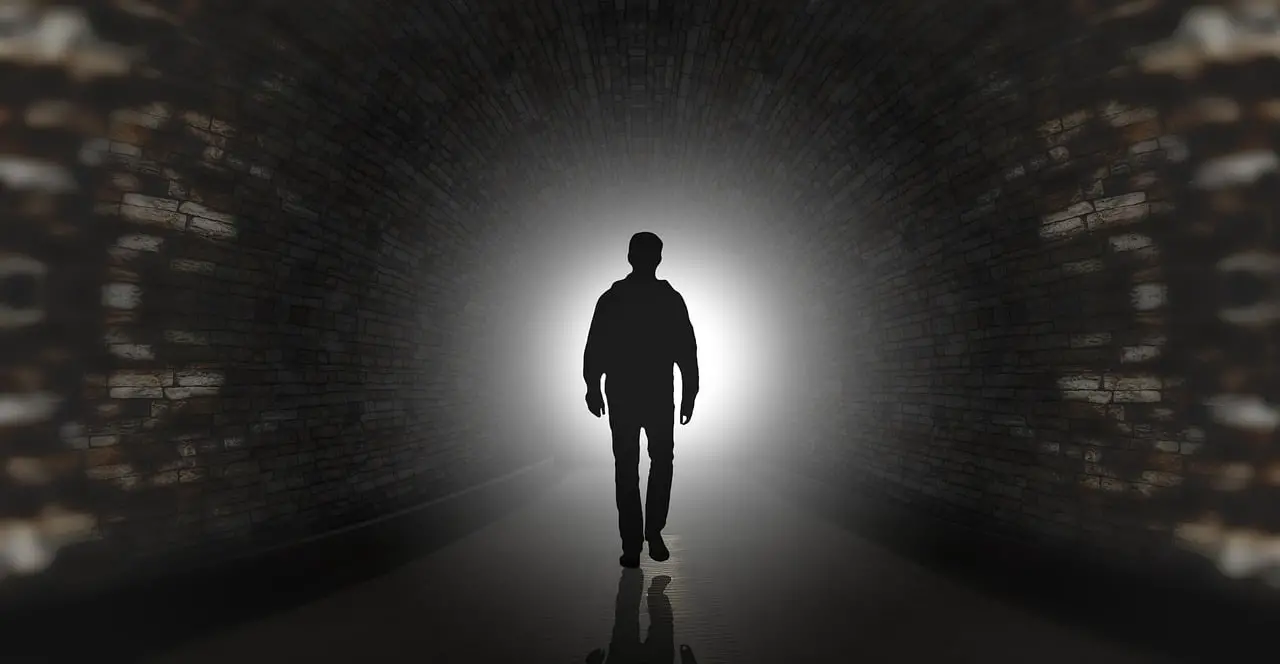 onspiracy theories have long captivated the public imagination, often dismissed as baseless or far-fetched. However, there have been instances where theories that were once ridiculed or considered fringe ideas turned out to be true. In this article, we will explore five such conspiracy theories that were eventually confirmed, shedding light on the hidden truths behind them. These examples serve as a reminder that critical thinking, investigation, and an open mind are essential when evaluating claims that challenge the official narratives.
onspiracy theories have long captivated the public imagination, often dismissed as baseless or far-fetched. However, there have been instances where theories that were once ridiculed or considered fringe ideas turned out to be true. In this article, we will explore five such conspiracy theories that were eventually confirmed, shedding light on the hidden truths behind them. These examples serve as a reminder that critical thinking, investigation, and an open mind are essential when evaluating claims that challenge the official narratives.
1. The Tuskegee Syphilis Experiment

The Tuskegee Syphilis Experiment was a shocking revelation that unfolded over several decades. From 1932 to 1972, the U.S. Public Health Service conducted an unethical study on African American men in Alabama, withholding treatment for syphilis even after penicillin became widely available. The conspiracy theory suggested that the government intentionally allowed the participants to suffer to observe the long-term effects of the disease.
In 1972, investigative reports exposed the horrific nature of the Tuskegee Syphilis Experiment, leading to its termination and a public outcry. The revelation confirmed the conspiracy theory and highlighted the ethical violations committed by the government. The incident sparked significant changes in research ethics, leading to the establishment of guidelines to protect human subjects in medical experiments.
The Tuskegee Syphilis Experiment serves as a grim reminder of the potential abuses that can occur when those in power prioritize their agendas over the well-being of vulnerable populations. It underscores the importance of rigorous oversight, informed consent, and ethical considerations in medical research.
2. Operation Northwoods

The interior of the Operations Room at Coastal Command Headquarters at Eastbury Park, Northwood, Middlesex. A WAAF officer in the foreground is plotting the course of an aircraft, while two WAAF special duties clerks alter the position of a convoy. (Source: Wikimedia Commons)
Operation Northwoods was a proposed plan by the U.S. Department of Defense in the 1960s. The theory suggested that the government planned to stage false-flag terrorist attacks, such as hijackings and bombings, to manipulate public opinion and gain support for a military intervention in Cuba.
Decades later, in 1997, documents related to Operation Northwoods were declassified, confirming the existence of the plan. The documents revealed that high-ranking officials had indeed considered deceptive tactics to justify military action. Although the plan was ultimately rejected, its existence raised questions about the government’s willingness to manipulate public sentiment for political gain.
The confirmation of Operation Northwoods highlights the importance of transparency and accountability in government operations. It raises concerns about the potential for manipulation of public opinion and underscores the need for citizens to critically evaluate information presented by those in power.
3. MK-Ultra

MK-Ultra was a top-secret CIA program in the 1950s and 1960s that involved experimentation with mind control techniques. The conspiracy theory claimed that the government conducted illegal and unethical experiments on unwitting subjects, including administering drugs like LSD, in an attempt to develop mind control methods.
In the 1970s, through a series of investigations and hearings, the existence of MK-Ultra was brought to light. The CIA was forced to admit its involvement in mind control experiments, confirming the conspiracy theory. The revelations shocked the public and led to significant reforms in research ethics.
MK-Ultra serves as a dark chapter in the history of government experimentation. It raises profound ethical questions regarding the treatment of human subjects and the boundaries of scientific research. The exposure of MK-Ultra prompted reforms to protect the rights and welfare of individuals involved in scientific studies.
4. The Manhattan Project

During World War II, rumors circulated about a secret government project aimed at developing an atomic bomb. The conspiracy theory suggested that a covert group of scientists and military personnel were working together on this classified endeavor.
The conspiracy theory surrounding the Manhattan Project was confirmed when the United States successfully tested an atomic bomb in 1945. The revelation of this immense scientific achievement had far-reaching consequences, including the dawn of the atomic age and the subsequent arms race between nations.
The confirmation of the Manhattan Project raises profound ethical dilemmas surrounding the use of atomic weapons and the devastating consequences of nuclear warfare. It serves as a reminder of the responsibility that comes with scientific discoveries and the importance of international cooperation in ensuring global security.
5. Watergate Scandal

The Watergate Scandal, which unfolded in the early 1970s, involved the illegal activities of the Nixon administration. The conspiracy theory suggested that the government engaged in a wide range of unlawful acts, including the break-in at the Democratic National Committee headquarters and subsequent attempts to cover up their involvement.
Through investigative journalism and subsequent hearings, evidence of the Watergate conspiracy emerged. The Nixon administration’s wrongdoing was exposed, leading to President Nixon’s resignation in 1974. The confirmation of the conspiracy theory revealed a significant breach of trust and a violation of democratic principles.
The Watergate Scandal remains a powerful reminder of the importance of holding those in power accountable and maintaining the integrity of democratic institutions. It serves as a cautionary tale against abuses of power and the necessity of transparency and independent oversight.
These five examples demonstrate that some conspiracy theories, once dismissed as mere speculation, have turned out to be true. They highlight the importance of critical thinking, open-mindedness, and a commitment to uncovering the truth. While not all conspiracy theories have a basis in reality, these instances serve as a reminder to question official narratives and strive for transparency and accountability from those in power. By examining these cases, we can gain a deeper understanding of historical events and the complexities of our world.
Avid Writer with invaluable knowledge of Humanity!
Upcoming historian with over 30 million views online.
“You make your own life.”





